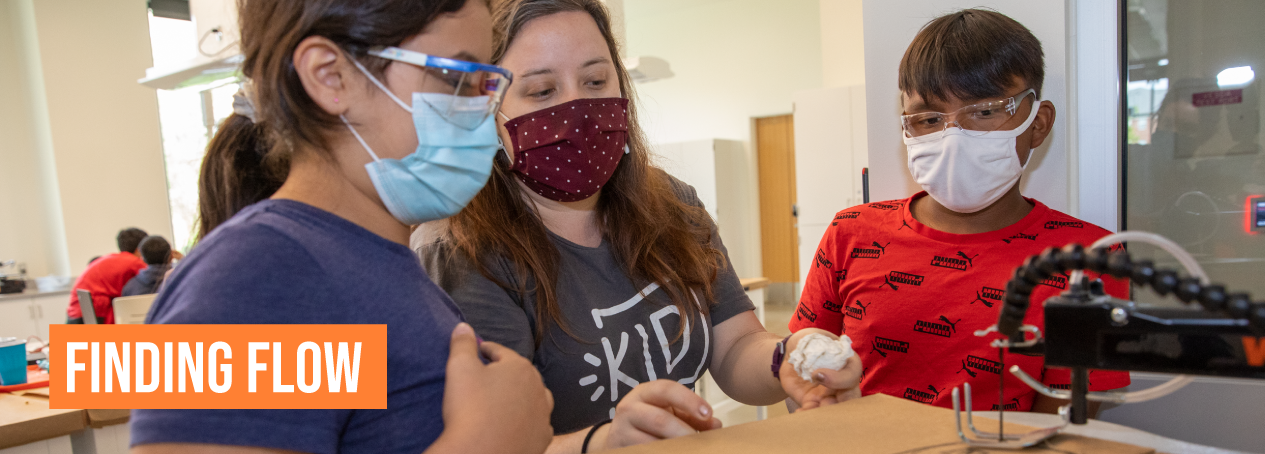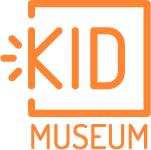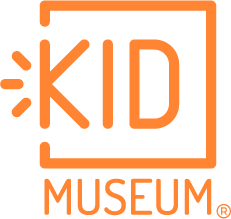
At the end of most KID Museum Invention Studio workshops, there are inevitably stunned looks and sometimes an audible groan. The middle schoolers who are at KID for these sessions are so deeply absorbed in their projects — devising their own solutions to environmental problems — that they’ve lost track of time. Teachers tell us that their students look forward to these workshops each week, and that their maker learning experiences carry over, animating regular classroom work. This is what happens when kids have a chance to engage in deep learning. These kids have achieved flow.
Flow, a concept developed by psychologist Mihaly Csikszentmihalyi, is when you are wholly absorbed and actively present in what you are doing. Csikszentmihalyi ties flow directly to personal happiness:
“The best moments in our lives are not the passive, receptive, relaxing times . . . The best moments usually occur if a person’s body or mind is stretched to its limits in a voluntary effort to accomplish something difficult and worthwhile.”
I often talk about the connection between maker learning and joy. And perhaps flow gets at the root of this. This is what countless teachers must mean when they say their students “are having so much fun they don’t even realize they are learning.” Maker learning experiences are often the only time kids have to slow down and really engage in something that interests them. It allows them time to take on challenges with creativity, to learn from their mistakes, to get away from the distractions of an increasingly fast-paced world.
Adam Grant takes the concept of flow a step further, dividing it into three distinct stages: mastery (achieving something, no matter how small); mindfulness (deep concentration in the task at hand); and mattering. Mattering, as Grant explains it, is when what you are doing makes a difference to other people; it gives a sense of purpose to your task. This resonates deeply for me. Mattering, along with mastery and mindfulness, are at the core of what we do at KID Museum.
Maker learning on the surface may seem to be about coding, robotics, and other STEM skills. But through building these skills and working together on real-world problems, kids learn to think beyond themselves and value different perspectives — they discover that they can make a difference in the world.
As we continue to struggle with the effects of the pandemic on student learning, the urge is to get kids to “catch up,” when what we really need to do is allow them to slow down. Kids need the opportunity to engage in deep, meaningful learning experiences that teach them to trust their abilities, adapt easily to change, and develop their sense of empathy. Now is the time to go with the flow.

